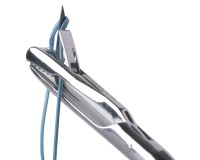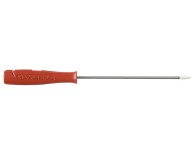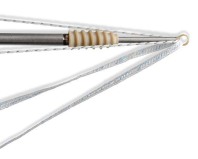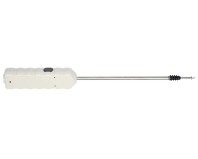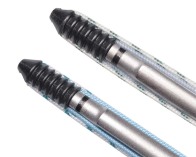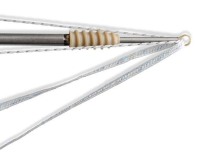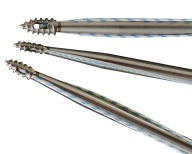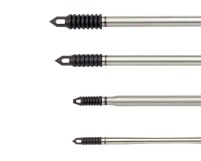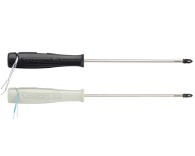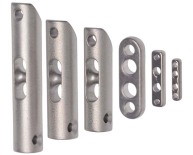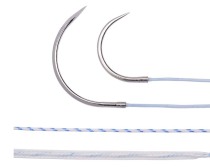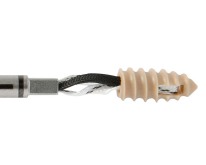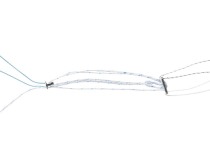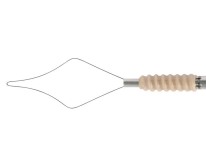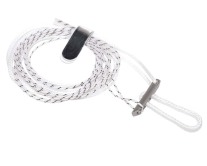Cranial loop
CLINICAL EVIDENCES
Long-Term Safety and Performance of a Polymeric Clamplike Cranial Fixation System
C. Asencio, L. Salgado, F. Muñoz, C. De Quintana, R. Rodríguez, MJ. Álvarez, G. Conesa
This is an observational, retrospective, case series study of 60 patients who underwent a craniotomy and were subject to cranial bone flap fixation with the Cranial LOOP fixation system. Baseline clinical parameters, surgical variables, medical records, and all postoperative medical images available were reviewed to assess the bone flap alignment and potential adverse events.
A total of 182 Cranial LOOPs were implanted and the system maintained a good bone flap alignment in 95% of the patients studied immediately after surgery and in up to 96.7% of them at the end of follow-up. No intraoperative complications were reported. An ulcer potentially related to a device was detected, which was solved without the need for device removal. No artifacts were observed in any of the 219 medical images analyzed.
Conclusion: Cranial LOOP is a safe and reliable postoperative long-term cranial bone flap fixation system. This device can fix the bone flap after a wide range of craniotomy procedures, performed in multiple locations, and provides good bone flap alignment. Cranial LOOP does not interfere in patient follow-up through medical imaging.
Cranial Bone Flap Fixation using a New Device (Cranial LOOP)
K. Van Loock, T. Menovsky, N. Kamerling, D. De Ridder
This paper reports the results of cranial bone flap fixation using Cranial LOOP in 35 consecutive patients. These patients were operated by a single surgeon, and the Cranial LOOP products were used for bone flap fixation.
All patients had a postoperative CT scan and a follow-up period of at least 9 months. In all patients, the bone flap could be easily fixed with three or more Cranial LOOP without difficulties or material breakage, within 3 minutes. The postoperative infection rate was 0% and postoperative hemorrhage (either epi/sub or intraparenchymatous) requiring reoperation was 0%. None of the patients experienced a bone flap dislocation, either clinically or on the postoperative CT images. 3D CT scanning revealed all of the flaps were in a good anatomic position.
Conclusion: Cranial LOOP is a very fast, easy and safe to use bone flap fixation device with the main advantage of the absence of artifacts on postoperative CT or MR imaging and lack of cosmetic disadvantage.
Comparison between PEEK and Titanium cranial fixation devices: load‐bearing properties, artefacts in medical imaging and radiation shielding
F. X. Vilana, M. Charles‐Harris, S. Llas, L. Chico
This study compares the properties of two frequently used titanium cranial fixation systems and the 100% PEEK device Cranial LOOP. The effect of the materials on load‐bearing properties, artefacts created in medical imaging techniques and shielding of radiation in radiotherapy is analyzed. Even when the less favorable case is considered, Cranial LOOP shows a mechanical performance equivalent to that of its titanium counterparts. Regarding medical imaging, Cranial LOOP produces less artefacts and distortions than the titanium devices. The effects of the PEEK and titanium devices on radiation attenuation are equivalent.
Conclusion: Non‐metallic materials, such as polymers, ceramics and composites, can present advantages compared to metals in medical implants: tissue‐friendly mechanical properties, less artefacts, etc. Cranial LOOP is an example of this trend, by achieving equivalent functionality with advantages in medical imaging.
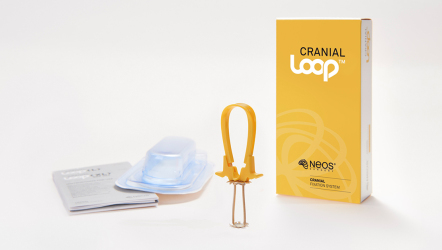
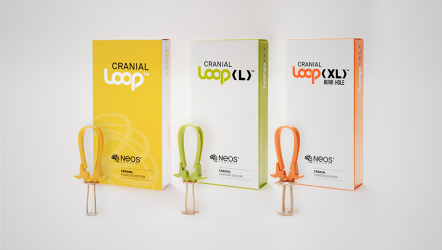
Cranial cover
CLINICAL EVIDENCES
A prospective multicentric registry to assess the safety and performance of a polymeric cranial burr hole covering system: the cover registry
Asencio-Cortés C, Villalba G, De Vilalta A, Serrano L, Gabarrós A.
ONGOING (March,2020)
This is a multi-centric, prospective, post-marketing clinical registryto assess the safety and clinical performance of a new polymeric burr hole covering device (Cranial COVER, NEOS Surgery) in common neurosurgical practice.
Thirty-two patients have been included in the study (three Spanish centres), and 16 of them have already finished the 6 months follow-up. A total of 88 burr holes were performed in those patients, of which 43 were covered with Cranial COVER. After implantation, 97.4% of devices completely covered the burr hole, and 100% ended perfectly adapted to the skull surface. Surgeon satisfaction was very high (81%) or high (19%) in all the procedures. No adverse events related with the device or its implantation were reported. There were no scalp depressions in any of the covered burr-holes, while there where present in 80% of the uncovered burr-holes. Patients ranked 9.1±1.3 (over 10) its satisfaction with the cosmetic results.
Conclusion: Cranial COVER is a safe and reliable burr-hole covering system that offers excellent cosmetic results.
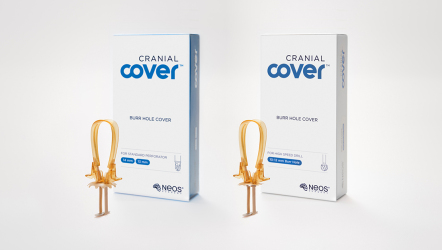
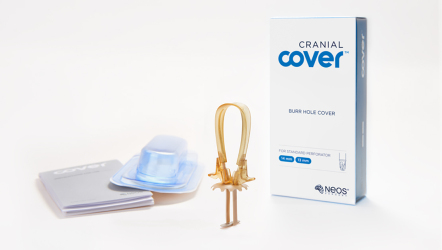



L-ANEURYSM-CLIPS®
The solution for all surgical aneurysms
Minimal access – maximal view
The L-Aneurysm-Clip ® System has been developed for the indication of complex aneurysms. The unique system offers surgeons safety, flexibility and new perspectives:
One applier for mini, standard and giant clips avoids confusion and the possibility of improper instrument selection. Mix-up of applying instruments and resulting possible functional disorders can be avoided.
The shaft of the Memory applier can be bent in almost every direction to enable a clear view to the operative site or to adapt to anatomical conditions. The unique internal opening mechanism of the clip prevents the applier from obstructing the view.
The new generation of innovative aneurysm clips combines the benefits of a traditional aneurysm clip with all of the advantages of our L-Aneurysm-Clip®.
The D-Aneurysm-Clip® is the outcome of years of experience in the development and production of aneurysm clip systems.
Unlike the L-Clip®, the D-Clip® can be opened in the same intuitive manner as a traditional aneurysm clip; with the applier engaging the spring from the outside. A notable advantage of this design is that it gives the clip greater stability within the “jaw” of the applier. Combine this with the low profile of the clip, ease of positioning, and one applier working with every size & shape, the D-Clip® becomes the new standard for aneurysm clipping.
YASARGIL ANEURYSMEN-CLIPS
In the treatment of cerebral aneurysms, Yasargil Aneurysm Clips rank at the top worldwide. The Yasargil Aneurysm Clip System has been developed in cooperation with renowned neurosurgeons and provides the highest reliability in life-saving aneurysm surgery.
Peter Lazic founded Peter Lazic GmbH in 1990, developed the Yasargil Aneurysm Clip System and made it available as an OEM product.
Nowadays, the classic Yasargil Aneurysm Clip System, with its familiar and proven design, offers a broad range of clip variations with over 220 different models, available in Titanium and Phynox.
The Memory applying forceps has been specially designed for the Yasargil Aneurysm Clip System. As the Memory model has gained in popularity among surgeons it has been launched in all our clip systems.
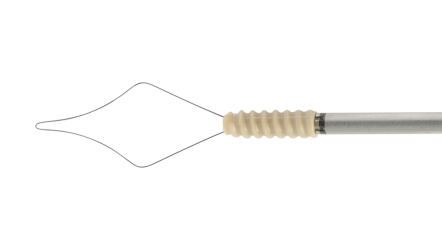
joine repair and reconstruction
Sport Medicine
